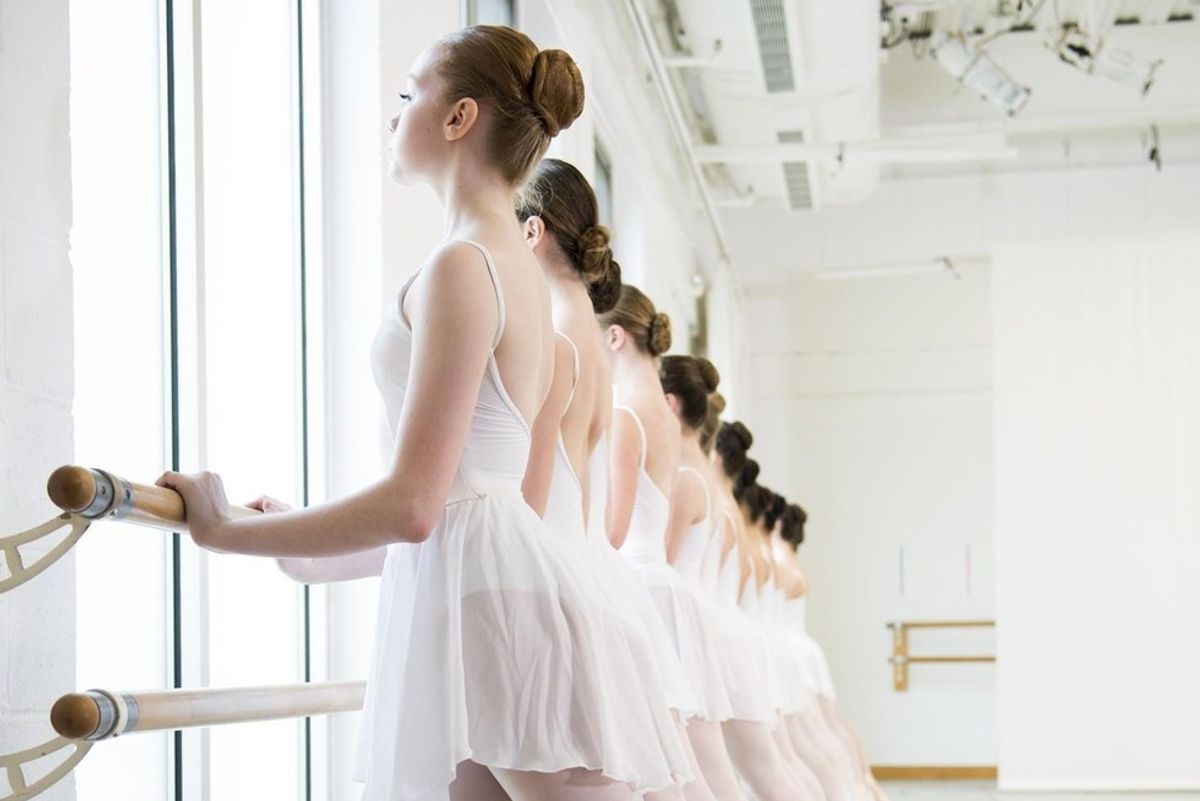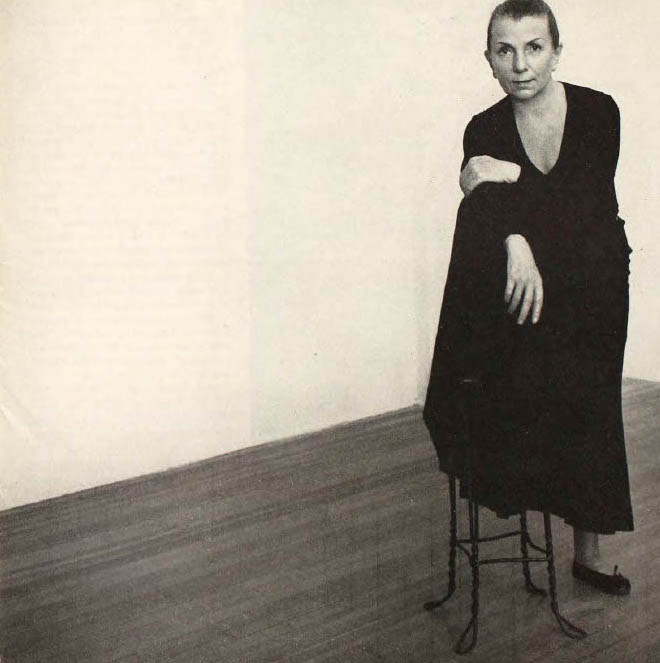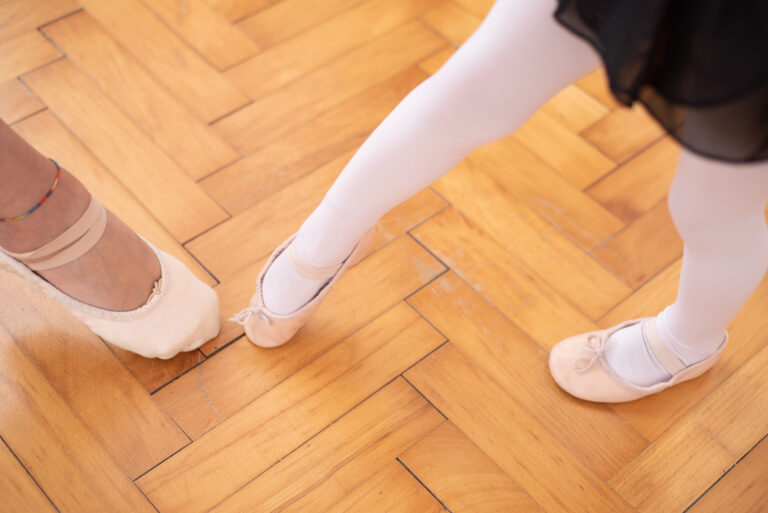
Though dance is intensely pleasurable and exciting, it’s also hard work. Dancing at a high level requires daily renewal of commitment. Most teachers, however, know the dilemma of the dancer who, caught up in the difficulties of technique, can’t, or won’t, allow herself to really dance. We’ve all seen it: the student with the “perfect” body who is so focused on being “right” that she can’t experience the flow from one movement into another. A pirouette, for instance, isn’t just a shape; it’s an action requiring momentum and a feeling of revolving. Stephanie Spassoff, co-director of The Rock School, remembers just such a student, a ravishing girl who “picked herself to pieces,” until finally she dropped out of dance altogether. Her compulsive drive for perfection led only to frustration.
Perfectionism separates the dancer from the dance. She looks in the mirror without really seeing herself, consumed with self-judgment. Douglas Nielsen, a dance professor at the University of Arizona, Tucson, says, “To do something original, you have to be open to the unexpected.” That sort of openness is anathema to the perfectionist student, but it’s an essential part of the creative process. “Accidents are interesting,” Nielsen says. “When Balanchine was choreographing Serenade, a dancer rushed in late to rehearsal. As we now know, he incorporated that happy accident into the piece.”
For the student who already leans toward punishing perfectionism, ballet feels like a perfect fit, since it’s based on a geometric ideal of the body that doesn’t exist in nature. Think of Leonardo da Vinci’s famous drawing, “Vitruvian Man,” which attempts to demonstrate not only the ideal proportions of man, but also of music and architecture. But if we actually met Vitruvian Man, we would probably find him very odd-looking indeed. Notes describe the ideal in such terms as, “The maximum width of the shoulders is one-fourth of a man’s height,” or, “A palm is the width of four fingers.” (Interestingly, Vitruvian Man is pictured in the logo of the School of American Ballet.)
There may be a neurotic element in the self-negating student: Fear of authority (parent, teacher); an insatiable need for attention or reinforcement; an exaggerated desire to please; making big problems out of little ones. Some students don’t allow themselves the natural learning curve they would gladly grant a baby, for example, learning to walk: the falling down and getting up again, the trial and error, the obvious pleasure in the process. “Technique is a lifelong journey of refinement, “ says Alan Hineline, CEO and resident choreographer of the Central Pennsylvania Youth Ballet. “It’s a means to an end. A perfect fifth position is not the point.”
Happily, most of the teachers I spoke to only rarely find perfectionism to be a permanently crippling problem. Spassoff suggests that balance is the key to producing happy, healthy students. “We try to create a supportive atmosphere,” she says, “critical but positive. Don’t be afraid to crack a joke. We’re not soldiers here. Emphasize what is working. Urge the students to climb inside the music, to let it move them.”
Nielsen has found that encouraging risk-averse dancers to train in multiple dance styles can also be helpful. “Learning more than one style of dancing is both useful and necessary for today’s dancers,” he says. “Maybe something is working in modern class that they can transfer to ballet, or vice versa. Mix it up! Risk-taking is contagious when an atmosphere of trust is established.”
Reducing the perfectionists’ feelings of self-consciousness can encourage them to open up and really go for it, as well. Experiment with turning class away from the mirror, which keeps dancers from obsessing unhealthily over minor technical or physical flaws. If possible, teach in a mirrorless room, and change body-facings often. Nielsen quotes the Iranian architect, Zaha Hadid: “We have 360 degrees. Why not use all of them?” Partner work, which gives the student a body besides her own to think about, can help, too. And why not try incorporating singing into class? I remember a wonderful teacher, Nenette Charisse, who had the class sing “Oh, What a Beautiful Morning,” as we waltzed across the floor. It freed everyone from their technical hang-ups and helped us find the breezy movement quality more immediately than a string of corrections would have.
Remind the students (and really mean it!) that class is the place to make mistakes. “Nothing ventured, nothing gained,” as our mothers used to say. Nielsen says he gives a student who falls down an “A” for the day.
A teacher’s sense of mission can be strengthened by remembering that, in teaching the art of dancing, she is also teaching the art of living. Balance in the body is reflected in balance of the mind. Student and teacher alike would do well to remember the Navajo weavers who incorporate a small imperfection into their rugs, because “Only God is perfect.”



